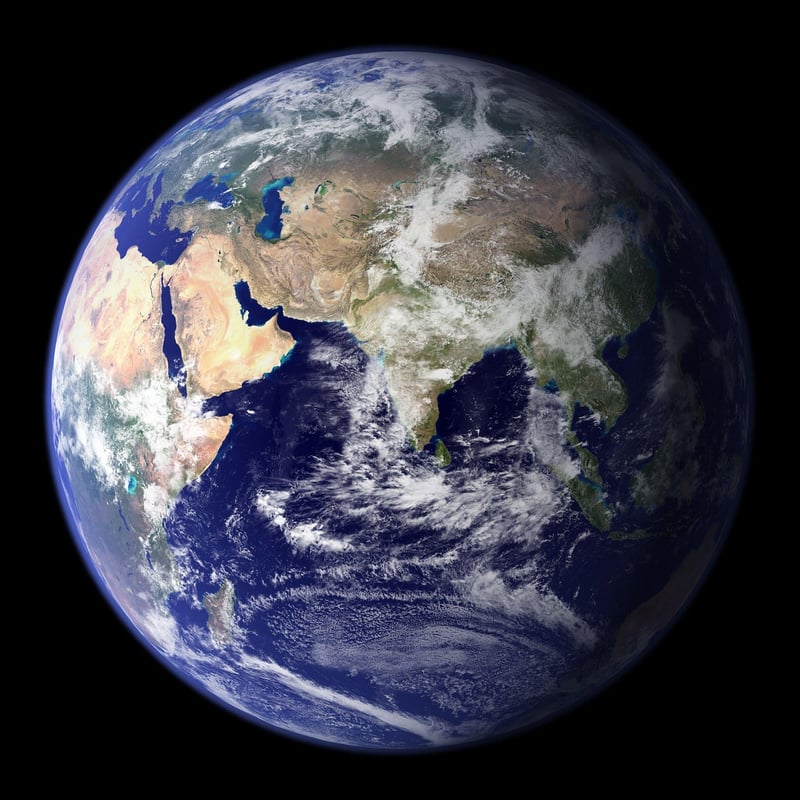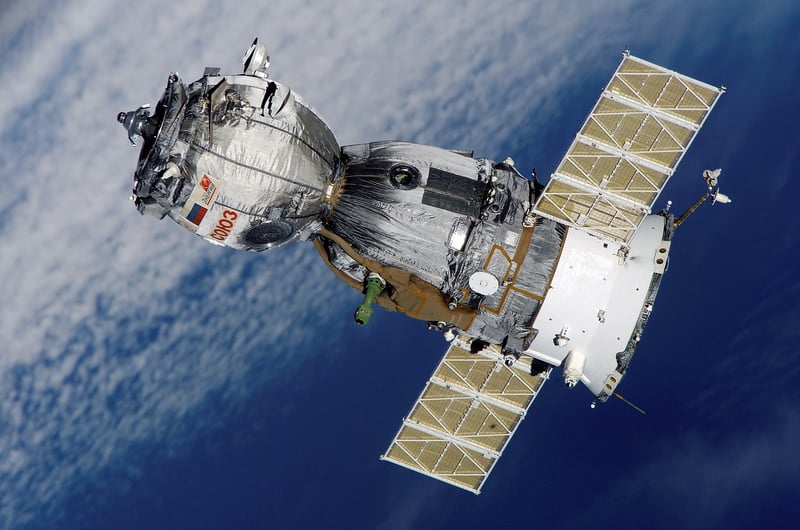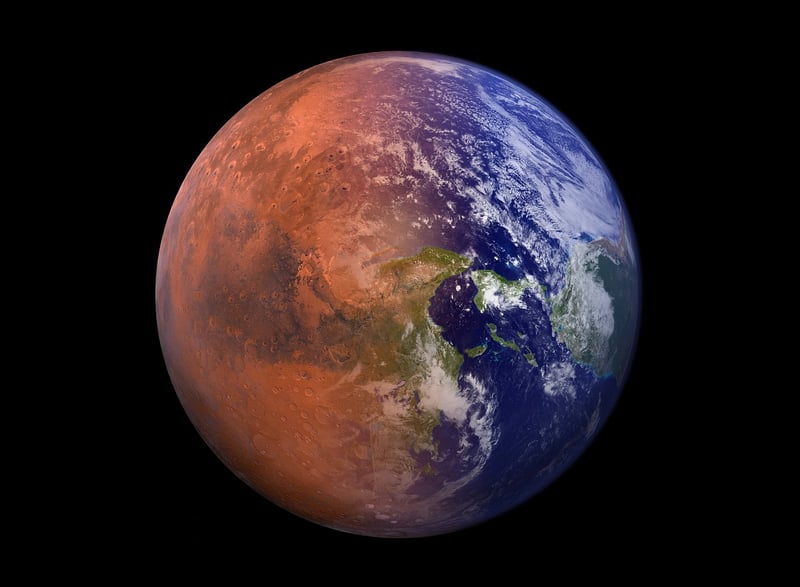Terraforming Mars
Creating Human Habitats in Space + Terraforming Mars
The Future of Space Exploration
As humanity continues to push the boundaries of space exploration, the idea of creating human habitats in space and terraforming planets like Mars has captured the imagination of scientists, engineers, and visionaries. The prospect of establishing sustainable colonies beyond Earth is not just a dream but a real possibility in the not-so-distant future.
Building Human Habitats in Space
Space habitats are artificial structures designed to support human life in the harsh environment of space. These habitats can vary in size and complexity, ranging from space stations orbiting Earth to self-sustaining colonies on the Moon or Mars. Key considerations for building human habitats in space include life support systems, radiation protection, artificial gravity, and sustainable resource management.
Types of Space Habitats:
- Space Stations: such as the International Space Station (ISS), provide temporary living quarters for astronauts conducting space missions.
- Lunar Colonies: could serve as a stepping stone for further space exploration and provide a platform for scientific research and resource utilization.
- Martian Colonies: represent the ultimate goal of establishing a self-sustaining human presence on another planet.
Terraforming Mars
Terraforming is the process of transforming a hostile planetary environment into one that is suitable for human habitation. Mars, with its thin atmosphere and cold temperatures, presents a prime candidate for terraforming. While the concept of terraforming Mars is ambitious and challenging, it offers a glimpse into the future of planetary engineering and the potential for expanding human civilization beyond Earth.
Key Steps in Terraforming Mars:
- Increasing Atmospheric Pressure: introducing greenhouse gases to thicken the atmosphere and trap heat, raising temperatures.
- Creating Liquid Water: melting the ice caps and triggering a global hydrological cycle to establish bodies of water.
- Introducing Plant Life: cultivating plant species to produce oxygen and further modify the Martian environment.
- Establishing Habitats: building human settlements and infrastructure to support a growing population.
Conclusion
The vision of creating human habitats in space and terraforming Mars represents a bold leap forward for humanity's exploration of the cosmos. While the challenges are immense, the potential rewards of establishing sustainable colonies beyond Earth are equally significant. By combining scientific innovation, engineering expertise, and a pioneering spirit, we may one day see humans living and thriving in space and on other planets.


